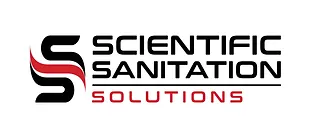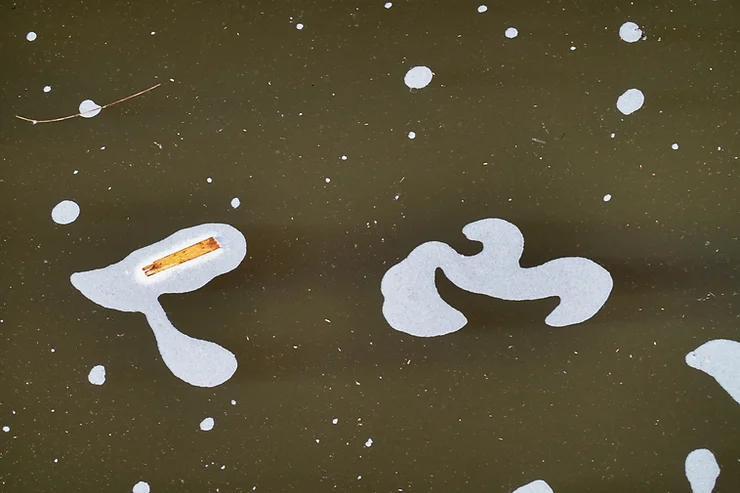Access to clean and safe drinking water remains a critical concern for millions of people worldwide, particularly in rural areas where reliable water sources are scarce. In Kenya, the challenge is no different, with only 46% of the population having access to improved water sources. This leaves a substantial portion of Kenyan communities vulnerable to waterborne diseases, particularly in regions like Nyanza Province in western Kenya, where progress towards improved water systems has been slow. While household-level water treatment products have shown promise in providing safe drinking water, achieving consistent and widespread usage has proven to be a significant challenge.
In this article, we’ll explore how SANI AMANZI™, a cutting-edge point-of-use solution, can complement the efforts to address the clean water crisis in rural Kenya. We’ll draw insights from a study conducted in Nyanza Province, Kenya, which aimed to identify the determinants of household-level water treatment product usage and the factors influencing their uptake.
Challenges in Nyanza Province
Nyanza Province represents one of Kenya’s most impoverished regions, characterised by a lack of access to electricity, reliable water sources, and sewerage systems. Daily water collection from ponds and rivers, often contaminated by organic sediments and pathogens, is a common practice in these areas. To mitigate this dire situation, household-level water treatment products were introduced to offer immediate and affordable alternatives to traditional water sources, offering hope to millions facing similar challenges worldwide.
Two primary types of household-level water treatment products were available in the study area: a flocculent-disinfectant product and sodium hypochlorite solution. While the former was highly effective in clearing turbid water and reducing diarrheal diseases, the latter was more cost-effective and accessible. Despite the evident health benefits, motivating consistent use of these products remained a formidable task.
Factors Affecting Usage
The study conducted in Nyanza Province revealed several key determinants that influenced the use of household-level water treatment products:
- Turbidity of Water Source: The usage of the flocculent-disinfectant product was strongly associated with households having turbid water sources. Users found the visible clearing of turbid water to be a compelling motivator for trying the product initially.
- Consistent Usage: Consistent usage of household-level water treatment products was more common for the less costly and more accessible sodium hypochlorite solution, which did not address turbidity. However, even among initial users of the flocculent-disinfectant, sporadic use was prevalent, with availability and cost being significant barriers.
- Economic Factors: The cost of the treatment products played a critical role in determining usage patterns. Sodium hypochlorite solution, being more affordable, garnered higher consistent usage compared to the flocculent-disinfectant.
- Awareness and Education: Beliefs about the relationship between water quality and health also influenced usage patterns. Those who used the treatment products were less likely to believe that their drinking water made their family sick. This suggests that awareness and education about waterborne diseases and the benefits of treatment are essential in motivating consistent use.
- Availability: Availability of treatment products in the local market significantly affected usage. A decline in availability due to changes in credit policies impacted consistent use negatively.
Instroducing SANI AMANZI™: A Game-Changer
In the context of the clean water crisis in rural Kenya, SANI AMANZI™ emerges as a game-changer. Its unique features and design can address some of the challenges identified in the study:
- Affordability: SANI AMANZI™ is designed to be cost-effective, ensuring accessibility for economically disadvantaged populations.
- Effectiveness: SANI AMANZI™ effectively eliminates waterborne pathogenic bacteria, including antibiotic-resistant strains, addressing the health concerns associated with untreated water sources.
- Safe and Natural Ingredients: The product’s incorporation of safe, natural, and non-polluting ingredients aligns with the user preference for products that do not introduce harmful chemicals into their drinking water.
- Global Impact: SANI AMANZI™ has the potential to make a significant global health impact by providing a practical and reliable means of water treatment, addressing a critical need not only in Kenya but also in similar settings worldwide.
The clean water crisis in rural Kenya and similar regions demands innovative solutions to ensure access to safe drinking water. While household-level water treatment products have shown promise, understanding the determinants of usage is essential to their success. SANI AMANZI™, with its affordability, effectiveness, and commitment to global health, has the potential to complement these efforts and make clean water accessible to those who need it most. By addressing the complex factors influencing usage patterns, we can extend the benefits of products like SANI AMANZI™ to the communities most at risk and work toward universal access to clean and safe drinking water.



